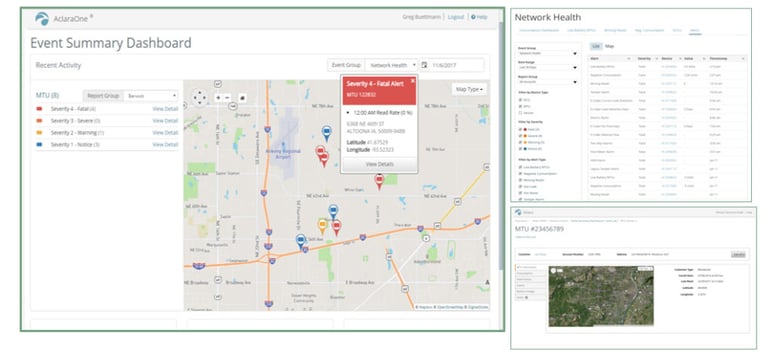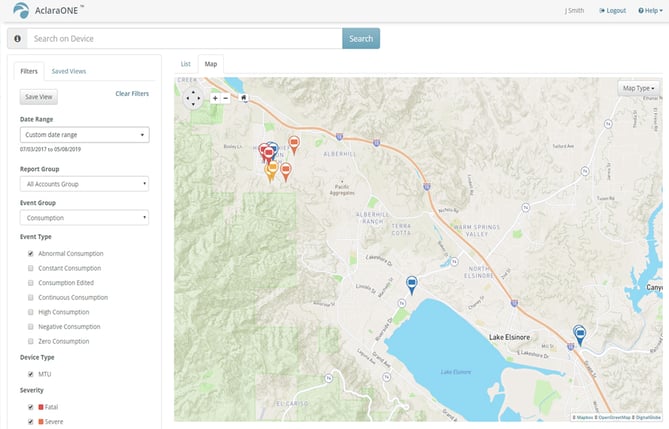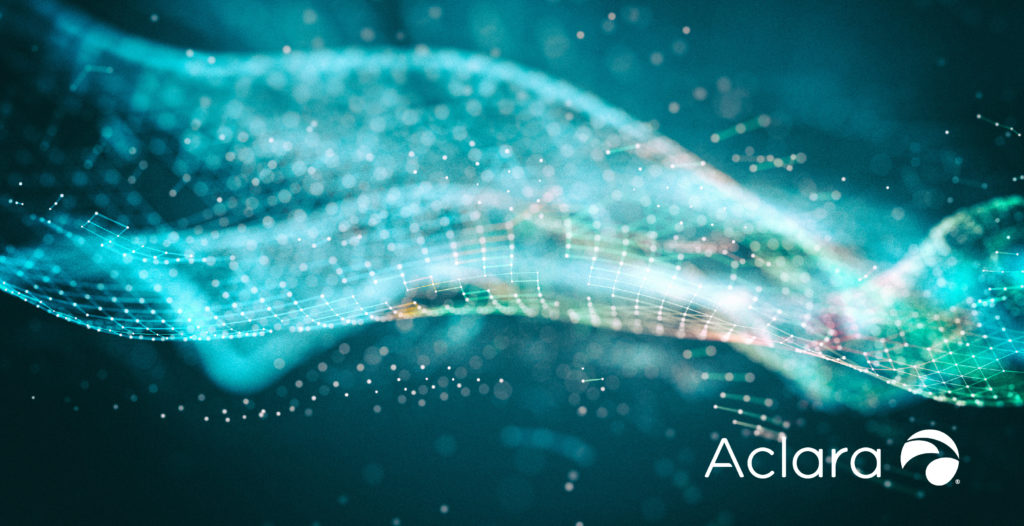Acceptance tends to come in waves for any automated technology that replaces manual labor. In water distribution utilities, advanced metering infrastructure (AMI) technology has already proven its worth for improving efficiency and accuracy in meter reading and billing data. Now, it is poised for a second growth spurt, based on its value for utility-wide data collection, analytics, and consumer engagement.
AMI — It’s not just for meter reading anymore
Whether water utilities initially adopt AMI in a drive for greater billing efficiency or as a tool to meet regulatory compliance, they often discover added benefits beyond meter-reading and billing accuracy. Some now use it to access pressure, flow, and water quality sensing devices implemented within the distribution system itself. Additionally, AMI data is being fed into digital twin technology to complement smart infrastructure solutions (SIS) for analyzing and improving diverse aspects of distribution operations.
Anyone currently investigating or already harnessing the value of AMI data collection should consider the following opportunities:
What else can be done with AMI data? Timely snapshots of metered consumption data used in conjunction with other non-consumption AMI data collection and GIS capabilities can help identify leaks, detect tampering, and reduce non-revenue water (NRW) losses. They can also inform demand forecasting and district metered area (DMA) pressure management.
What other data can be collected? Sensors and other edge technologies can be integrated into AMI systems to monitor pressure, water quality, chlorine residuals, turbidity, pipe wall thicknesses, and more. AMI meter data management (MDM) systems are ideal vehicles for combining this operational data with water consumption and leak data for better decision-making.
How can users analyze/report on that data for deeper insight? The days of trying to build and maintain complex custom spreadsheets with static data to generate deeper operating insights are fading fast. Integrating multifaceted AMI data within a comprehensive MDM system — complete dynamic data driving near-real-time alarms, diagnostics, analytics, and more — puts all aspects of distribution system health and operation at the fingertips of key decision-makers.
Are there ways to help customers benefit from AMI data, beyond billing? User reports, personalized user portals, and direct messaging can encourage customers to compare their usage to other similar accounts and better manage their water consumption. Utilities can run targeted programs at their key users to meet water savings goals. Data interpretation and targeted messaging can be particularly important for high-volume industrial and commercial applications where impacts can be faster or more extreme.

Built-in reports and user-customizable dashboards provide easy access to related information that supports improved operations. This event summary dashboard helps utilities understand where problems are located.
Making the whole greater than the sum of its parts
Pooling information from metered consumption, distribution system feedback, internal calculations, and customer outreach can reveal cause-and-effect relationships among diverse aspects of utility operations that might otherwise go unnoticed. For example, relationships among flow, pressure, and leak rates can be revealed through better tracking and analysis. When calculating the payback potential of basic AMI capabilities, consider both the short-term and long-term impacts of simplifying the entire process under one umbrella across all levels of system operation.
- Network management software. Whether the focus is a stand-alone water utility or a combined gas/electric/water utility, having unified head-end and MDM systems scalable to millions of devices can streamline network management while improving financial efficiency. Even better, delivering high-level MDM functionality and analytics as cloud services creates greater flexibility for data management upgrades without having to update the head-end system.
- Operational data gathering. Collecting performance data from distribution system sensors and instruments provides a more complete understanding of system operating efficiency beyond individual customer meters.
- Operational analytics. How often do costly problems remain hidden until something breaks? Analytics reports that can pinpoint reasonable expectations of water distribution infrastructure performance can make the difference between timely maintenance and disruptive equipment failure. Being able to visualize performance data in MDM charts and dashboards provides easy access to current trends and historical perspectives of individual accounts for better decisions on distribution operations.

Analytics software provides numerous options to visualize data, enabling decision-makers to view and understand how the system is performing. In this case, a variety of consumption reports allows the utility to understand where problem meters or leaks may be located.
- Consumer Engagement. Finally, AMI provides actionable data to improve customer engagement and response and to reduce the frequency/duration of customer service phone calls. That includes timely billing data, consumption thresholds, leak detection alerts, and more effective behavioral efficiency programs for water conservation.
This report outlines the real-world experience of one utility, illustrating how their AMI investment delivered multiple benefits through multi-utility network sharing, billing improvements, service delivery enhancement, workforce impacts, customer satisfaction, and conservation outreach. Although the report describes the experience of a gas utility, the issues and benefits described are just as relevant to water utilities.
Building a wish list of AMI capabilities
When analyzing the merits of a new AMI system adoption or upgrades to existing AMI capabilities, consider the opportunities AMI analytics offer beyond basic metering:
- Billing and consumption. Monitoring consumption patterns provides granular data insights on irregular usage patterns, potential leaks, theft, unbilled consumption, etc. By analyzing enough data over time, it is even possible to identify the crossover point where underperforming meter losses surpass the costs of meter replacement.
- NRW losses. According to the most recent U.S. EPA overview on water audits and water loss control for public water systems, the average utility’s water loss is 16 percent — with up to 75 percent of that loss potentially recoverable. Advanced water analytics can help identify both real water losses (due to leaking infrastructure) and apparent water losses (incurred by inaccurate meters, data errors, or outright water theft identifiable by suspicious consumption patterns).
- Leak detection and mitigation. Building a more responsive infrastructure can help utilities pinpoint and respond to real water losses and potential problems — sometimes before they even happen.
- Pressure monitoring. Whether the goal is to minimize leakage by reducing pressure during overnight hours or to compensate for elevation changes by raising pressure, pressure monitoring can be an indicator of inefficiencies and physical problems such as pipe blockages.
With the increasing piles of data growing inside every utility, it is important to have a good strategy to mine and use the information gleaned from that data. Having a flexible network that allows new sensors and a set of software tools that continue to grow with advanced analytics and reporting capabilities will be vital for utilities to meet their changing needs and stay engaged with their end users.
- Customer relationships. Multichannel communications and self-service portals help customers better understand water usage and bills, thereby improving satisfaction and reducing the utility’s cost of service.
- Sanitary sewer overflows. Installing sensors in problem areas can help to forestall headaches typically associated with stormwater and sewer blockages.
- Disaster recovery. AMI capabilities have already helped municipalities weather two of the top three hurricanes in the history of the continental U.S., as shown in this report.
This article first appeared on the Water Online website in May 2020





